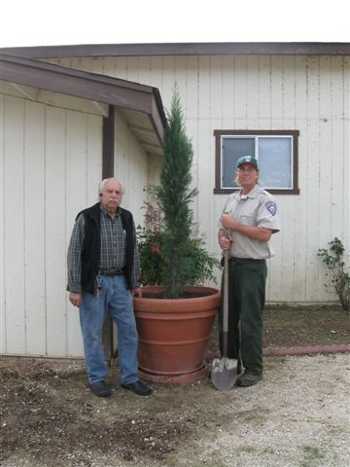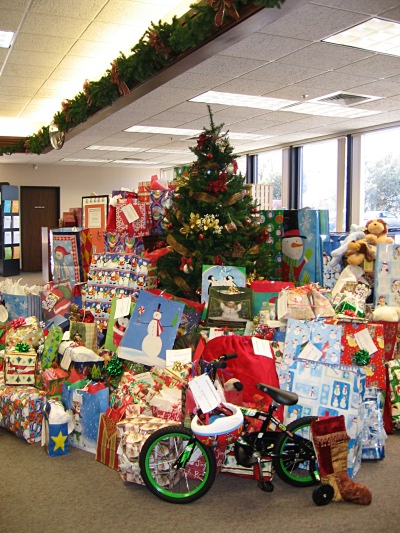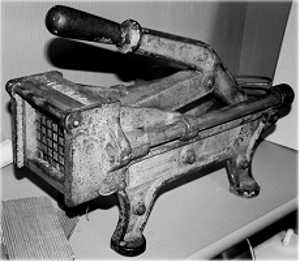LAKE COUNTY, Calif. – Acreage of pear orchards in Lake County has declined steadily from an historical high of over 8,000 acres in 1977 to just over 2,200 acres today. This indicates how difficult it is to make a living growing the county’s most famous fruit.
Lake County residents have no control over many factors, such as the year round availability of fresh pears from other states and countries that has resulted in decreased demand for canned fruit.
Residents can certainly buy more Lake County pears, but can help local pear growers stay in business in other ways as well.
One of the biggest expenses of pear farming is pest and disease control.
Economic decline has prompted some pear farmers to sell their orchards, often to non-farming buyers who keep some trees as a screen from the road, for shade, or simply nostalgia.
This results in the remaining commercial orchards being inundated with pests coming from these neighboring abandoned orchards or small groups of unmanaged pear or apple trees.
New owners of orchard land with abandoned or unmanaged trees are often unaware of the impact these trees have on neighboring commercial orchards.
The ultimate result is that pest control costs are driven up to the point where growing pears can become impossible.
Some conscientious property owners cut down unwanted pear trees above the ground, hoping that this will solve the problem.
Unfortunately, pear trees are intentionally grafted onto vigorous rootstock which then resprouts shortly after the tree is cut down, growing into a full size tree – even without irrigation – in a few short years. It then can harbor the same pests and diseases as the original tree.
Property owners who have no desire to maintain and harvest their trees properly are strongly encouraged to remove unmanaged pear or apple trees, roots and all. This may require using a backhoe, or a registered systemic herbicide applied to the fresh cut surface of the stump to kill the roots (follow all label directions).
For those who intend to care for their trees properly, doing the “right thing” is easy.
The Unmanaged Apple and Pear Tree Outreach Program (UAPTOP) offers a multitude of tools to help Lake County residents be part of the solution and ensure the survival of the Lake County pear industry.
This includes a website with mapping software so residents can learn how close they are to a commercial orchard, read up about the issue in detail, and look up and download free tree care information. Simply click on http://uaptop.uckac.edu.
The UC Cooperative Extension Web site, http://celake.ucdavis.edu , also has an extensive section on the issue and links to the downloadable tree care info; just scroll down to the UAPTOP page.
The 2011 Master Gardener Calendar also focuses on this subject and describes many low maintenance, relatively fast growing shade and alternative fruit and nut trees that do well in Lake County and can be used to replace some of those unwanted pear or apple trees.
The calendar is available at the UCCE office for $10 ($12.00 if mailed).
Contact UCCE at 883 Lakeport Blvd., Lakeport; 707-263-6838; http://celake.ucdavis.edu.
Rachel Elkins is pomology and master gardener advisor, and Gabriele O’Neill is UAPTOP Program representative.










